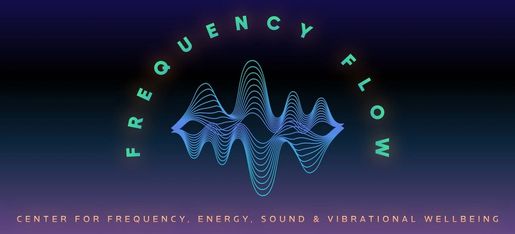OPENING SOON
Signed in as:
filler@godaddy.com
OPENING SOON
Signed in as:
filler@godaddy.com
In this video we take a look at the remarkable experiments and work of Dr Stuart Reid using cymatics and sound frequencies.

Natural frequency of cancer cells as a starting point in cancer treatment
https://www.jstor.org/stable/24908072

Molecular jackhammers’ ‘good vibrations’ eradicate cancer cells

Vibrating Molecules Can Kill 99% of Cancer Cells Without Hurting Healthy Tissue

*The photo above is an actual geometric pattern of the 22Hz*
You've probably heard about or seen a singer shattering a wine glass by singing a note. The note the singer sustains, is the "resonant frequency" of the wine glass. This sustained sound wave (note) causes the glass to shatter. Scientists like Tesla and Dr. Royal Rife, have proven that everything that exists has a resonant frequency of it's own. For instance, the carcinoma cancer cell has a resonant frequency of 2128 Hz. When a cell is resonated at it's resonant frequency by sound, the cell is destroyed - just like the wine glass in the example above.
It doesn't harm the good cells around the bad cells, because the good cells have a different resonant frequency.
Cancer, parasites, viruses, bacteria and other organisms all have their own resonant frequencies. The frequencies that destroy these organisms are called Rife Frequencies.

*The photo above is an actual geometric pattern of the 50Hz*
Every cell in your body vibrates with a frequency; understanding this frequency is key to unlocking your health and potential.
In his Tedx Talk, “Shattering Cancer with Resonant Frequencies.” Associate Professor and Director of Music at Skidmore College, Anthony Holland, talks about a new cancer treatment using resonant frequencies to shatter various types of cancer cells. In his Tedx Talk, “Shattering Cancer with Resonant Frequencies.”
Many of us have likely seen or heard of people shattering glass with the sound of their voice. This amazing feat, Holland explains, is due to a phenomenon called resonant frequency. When someone taps a glass, it emits a natural resonant frequency. To induce shattering, a person must match the resonant frequency of the glass with the vibration of their voice, getting louder and louder until the glass finally breaks.
Taking this phenomenon into account, Holland and a team of researchers wondered if they could induce the same effect in a living microorganism or cell. They came across the work of a Chinese researcher, Dr. Mae-Wan Ho, who conjectured that live cells exhibit similar properties much like liquid crystals do. With this in mind, Holland and his team wondered if they could affect a cell by sending a specific electric signal, much like we do with LCD technology.
After searching the patent database for a device that could accomplish the latter, they came across a therapeutic device invented by a New Mexico physician by the name of Dr. James Bare. The device uses a plasma antenna that pulses on and off, which, as Holland explains, is important because a constant pulse of electricity would produce too much heat and therefore destroy the cell.
For the next 15 months, Holland and his team searched for the exact frequency that would directly shatter a living microorganism. The magic number finally came in the form of two inputs, one high frequency and one low. The high frequency had to be exactly eleven times higher than the low, which in music is known as the 11th harmonic. At this 11th harmonic, micro organisms begin to shatter like crystal glass.
After practicing until they got efficient at the procedure, Holland began working with a team of cancer researchers in an attempt to destroy targeted cancer cells. First they looked at pancreatic cancer cells, eventually discovering these cells were specifically vulnerable between 100,000 – 300,000 Hz.
Next they moved onto leukemia cells, and were able to shatter the leukemia cells before they could divide. But, as Holland explains in his talk, he needed bigger stats in order to make the treatment a viable option for cancer patients. So what kind of numbers did they produce?
In repeated and controlled experiments, the frequencies, known as oscillating pulsed electric field (OPEF) technology, killed an average of 25% to 40% of leukemia cells, going as high as 60% in some cases. Furthermore, the intervention even slowed cancer cell growth rates up to 65%. It was a double whammy.
The team also found success attacking ovarian cancer cells. Most recently, they tested the treatment against the deadly super bug MRSA, an organism that is resistant to many common antibiotics. Thousands of people die every year from MRSA, Holland explains, and the drugs normally used against the pathogen are known to have toxic side effects. Incredibly, the frequency therapy eliminated antibiotic resistance, and researchers were able to introduce a small amount of antibiotic to kill the bug.
Holland hopes that one day the treatment will override the toxic conventional treatments currently available for patients.
See Holland’s Tedx Talk below.
